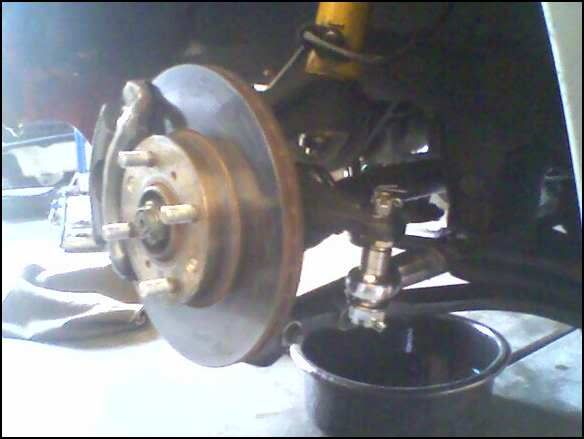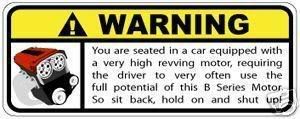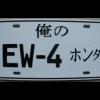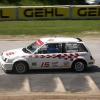If we have not lowered out cars to the point where the control arm is now point upward, would there be a benefit to "correcting" the bumpsteer?
Scott
There is always a huge benefit. It doesn't matter how much the front is compressed. Even when the front is compressed too far, the gains are great. You also need to know, that yes, it's not as desirable to have the car too low, but it's also not good at OEM ride height either. I guess what I'm saying is the geometry at the extremes is less desirable. That is where the most change is. Depending on the camber you are running, the sweet spot, in most instances, is between 1.0 and 1.5 inches of front compression from OEM position. But that doesn't mean you can't go really low. Big improvements are seen with the kit for cars that are over-lowered compared to the stock tie-rod end.
Give me some parameters Scott, and I'll give you the difference. All I need is the tire diameter you're running, the ground clearance from the front cross member to the ground (I measure from the bottom of the torsion bar tube in the front where it is the largest in diameter), and the camber you are running. This allows me to calculate how much the front is compressed from OEM position, or what the lower control arm angle is.
All my data is taken relative to the lower control arm angle. I did it that way to make it easier. You can lower or raise a car without changing the geometry of the front suspension by simply changing tire diameter. It's the position of the front suspension, or it's compressed height relative to the chassis is what I need compared to OEM.
Here is a stock OEM comparison. Remember when looking at this, Honda deliberately put a ton of under steer in the front for safety. They knew that people would feel safer with a car that resisted turning compared to one that has the ass end passing up the front.
22.6" diameter tire, 6.5" of ground clearance, OEM camber, three inches of front suspension travel to full bump:
With factory rod end, the front will experience 0.497" of total toe out.
With bump steer kit, the front will experience 0.089" of total toe change.
How about 1" lower with two additional degrees of negative camber?
22.6" diameter tire, 5.5" of ground clearance, -2 degree of camber, two inches of front suspension travel to full bump:
With factory rod end, the front will experience 0.337" of total toe out.
With bump steer kit, the front will experience 0.043" of total toe change.
Now lets over compress the front. Lets lower the car by 2.5", give it three degree of negative camber, and shorter bodied shocks so we can get two inches of suspension compression before full bump.
22.6" diameter tire, 4" of ground clearance, -3 degree of camber, 2" of front suspension travel to full bump:
With factory rod end, the front will experience 0.489" of total toe out.
With bump steer kit, the front will experience 0.069" of total toe change.
You can see above that at stock ride height, the bump steer kit helped improve bump steer by 5.58 times. The 1" lowered car with two degrees of negative camber saw a 7.84 times improvement. The car lowered 2.5" with three degrees of extra negative camber and shortened bodied struts saw a 7.09 times improvement.
Scott, the combinations are so great, you will need to feed me some information before I can help you.
David

 Sign In
Sign In Create Account
Create Account




 Back to top
Back to top















